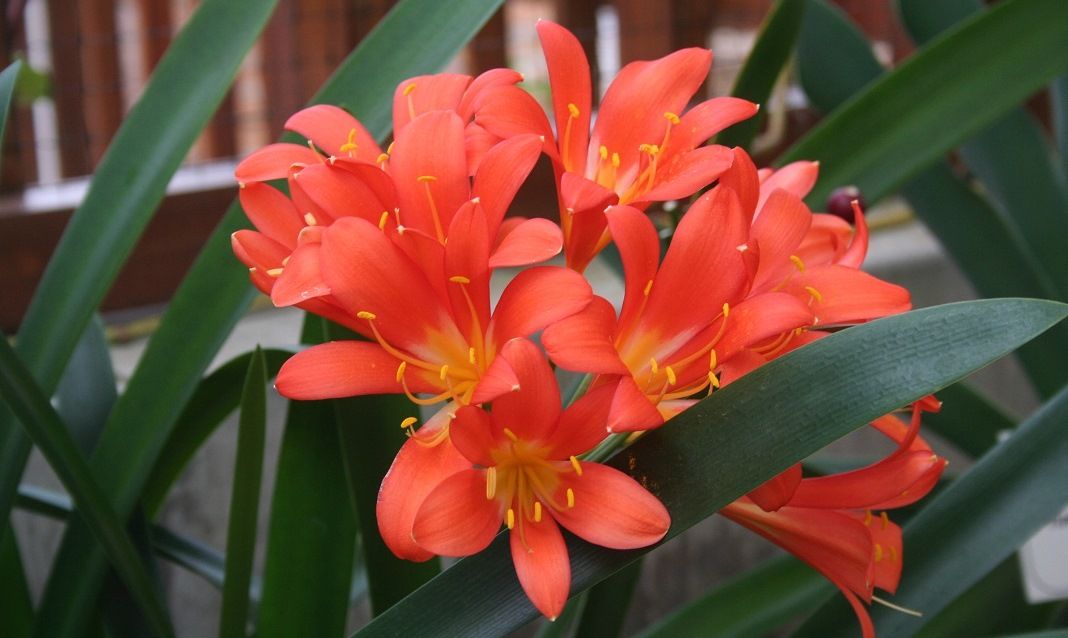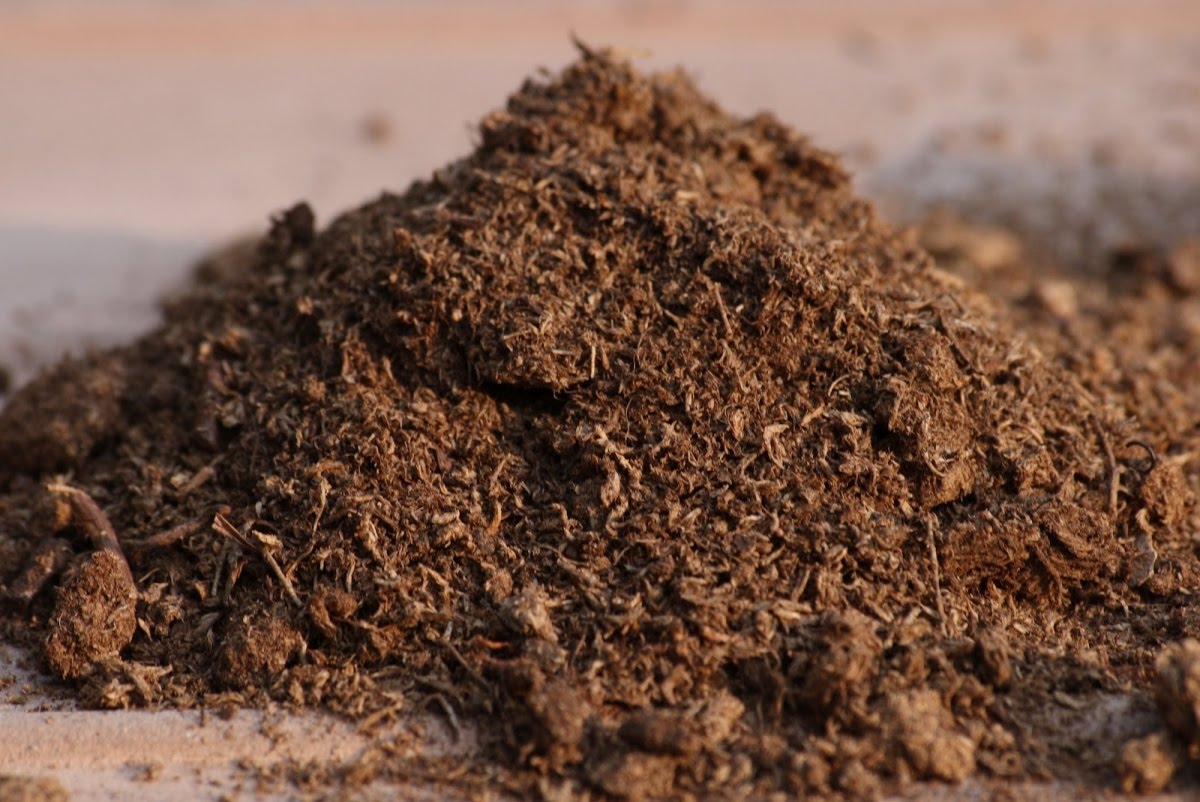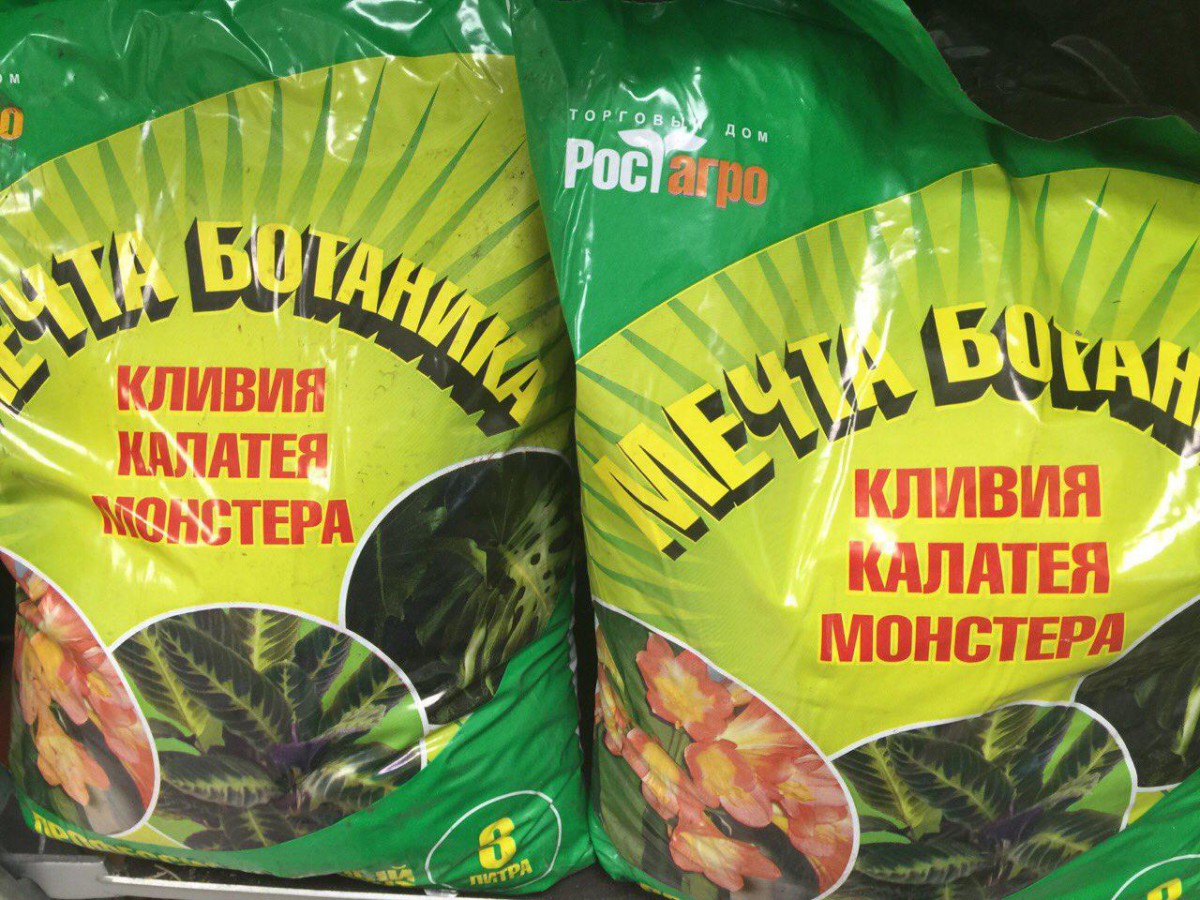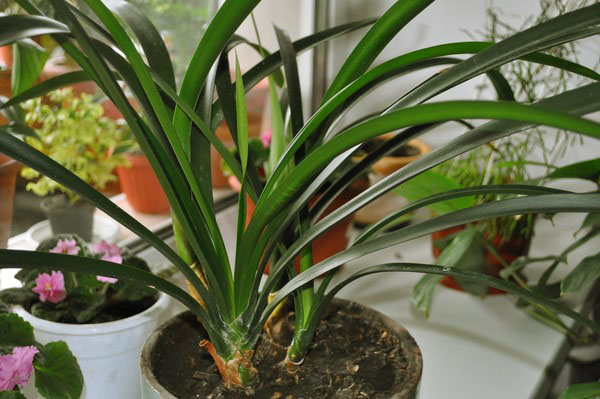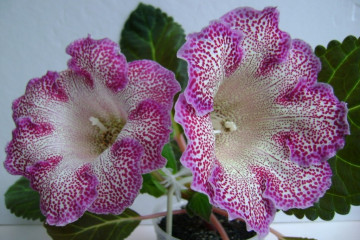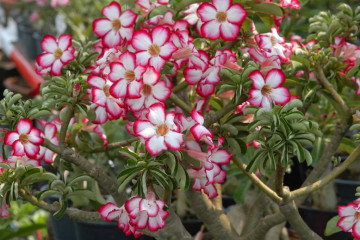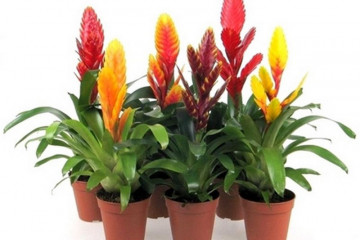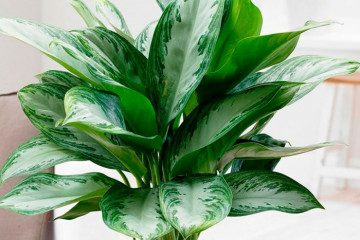Why clivia does not bloom at home - care
Content:
Everyone who has ever seen a blooming clivia will remember this remarkable houseplant for a long time. The culture has long leathery leaves and large bell-shaped flowers that grow on a long arrow. For a whole week, the flowers gradually open, and you can admire the bright gramophones of a tropical beauty for a whole month.
How clivia blooms, flowering conditions
For young plants, flowering is characteristic once a year, but when the clivia is older, then it will give arrows with buds twice, the main condition is for the culture to be completely healthy.
In October-November, the tropical beauty begins a period of rest. Clivia forms a flower arrow in the fall. As soon as it grows to a height of 10-15 cm, the plant is moved to other conditions and abundant watering begins.
It is not recommended to transfer the flower before the arrow is fully grown. All the owner has to do is provide infrequent and not too abundant watering.
If the plant is left dormant at room temperature, then it is necessary to increase the frequency of watering. For this, warm water is used. It stimulates the formation of the peduncle.
Why clivia does not bloom at home
For many years at home, the crop may not produce a flower arrow. Most likely, the matter lies in conditions unsuitable for a tropical plant:
- high or low room temperature;
- excessive or insufficient watering;
- lack of lighting.
The main reasons why the flower does not bloom
Peduncles may be absent for a number of reasons, and not only because of unsuitable conditions for the plant. Clivia home care why not bloom?
Improper care
Lighting plays an important role in ensuring proper care. Its deficiency leads to a slowdown in flower growth. He will wait for acceptable conditions. Culture needs bright light, but it needs to be protected from direct sunlight.
In second place is the soil and the container for planting. If the clivia in the pot does not have enough space for the growth of the root system, or the necessary nutrients are not in the soil, then the plant will not be able to bloom. The recommended potting mix should consist of the following ingredients, taken in 1 part:
- loam;
- peat crumb;
- coarse sand;
- compost.
The lack of a resting phase negatively affects the flower. A tropical beauty needs a rest in a cool place at home. After returning to its usual conditions, most often the culture will bloom.
Violation of the watering regime
The same watering regime is not suitable for a given plant. To make it feel good, it is recommended to adhere to the following scheme:
- abundant watering in the summer;
- from August, reduce the frequency of watering;
- in the winter months, moistening is carried out at the moment when the soil in the container with a flower becomes dry;
- since the end of winter, the number of waterings has increased.
Incorrect fertilization
Why doesn't clivia bloom? Excess or lack of fertilizing is harmful to the plant. Due to the frequent application of fertilizers, the leaves will grow well, but to the detriment of the development of the peduncle. The best way to introduce nutrients is root. It is practiced during the period when the flower grows rapidly (spring-end of July) once every 14 days. In August, they stop feeding the clivia so that it has time to prepare for the dormant period.
Diseases and pests
Often, gardeners are faced with the following clivia problems:
- mealybugs;
- root nematodes;
- scabbards;
- viral infections;
- fungal infections.
Viral diseases are often spread by insects, or with inventory tools that have not been disinfected. Such ailments cannot be treated, and therefore the flower is destroyed.
A cold room or over-watering will lead to the formation of fungus. The infected clivia is transferred to other conditions. Pruning the affected leaves is done and the plant is treated with a fungicidal agent. For all of the above reasons, it is possible that a tropical culture does not bloom.
Whether the plant is resting, the alternation of the vegetation and dormancy phases
A room with normal room temperature is quite suitable for keeping clivia. During the growth period, the flower needs to be increased from +20 to +25 ℃. In October, the plant begins a dormant period and then the temperature is lowered to 12-14 ℃ above zero.
Too young plant
The owner needs to know how the flower was grown. For plants obtained from seed, flowering is characteristic only at the 4th year of life. Specimens grown from layering babies start flowering a little earlier. It is possible to stimulate the process of peduncle formation, or make the clivia bloom, by lengthening the rest period to 120-150 days. With such a radical approach, it is important for the grower not to miss when the clivia releases the flower arrow.
What to do and how to make clivia bloom
If the plant still does not have a flowering period, you need to make sure that the conditions are completely suitable for the tropical beauty. If any shortcomings are identified, they are eliminated and favorable conditions are created.
Clivia is not blooming, what should I do? You need to try changing the growing conditions:
- ensure good watering in the summer months;
- regularly apply top dressing at the time strictly allotted for this;
- make bright lighting protected from direct sunlight;
- minimize the impact of harmful insects;
- track the health indicators of the bush.
Having figured out all sorts of reasons for the lack of flowering in clivia, every indoor plant lover will be able to provide the right help to his green pet.
